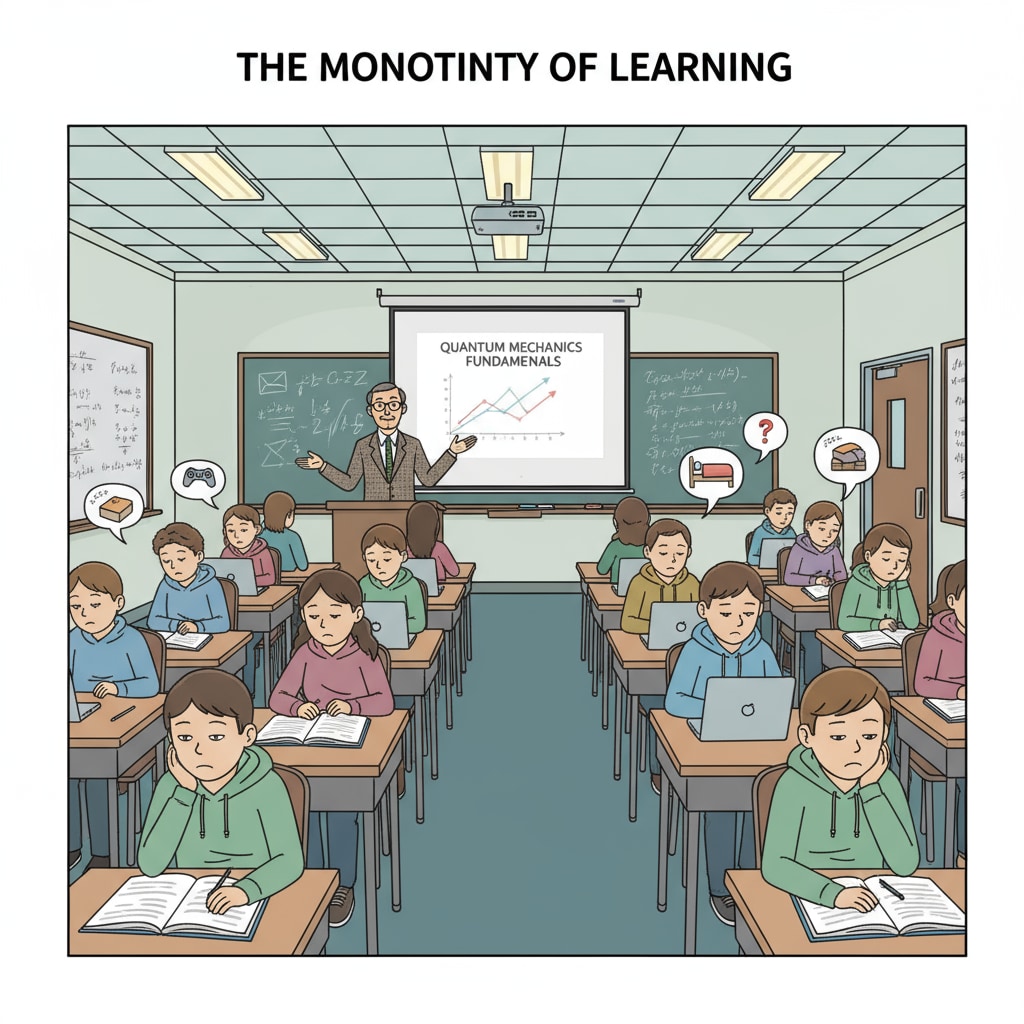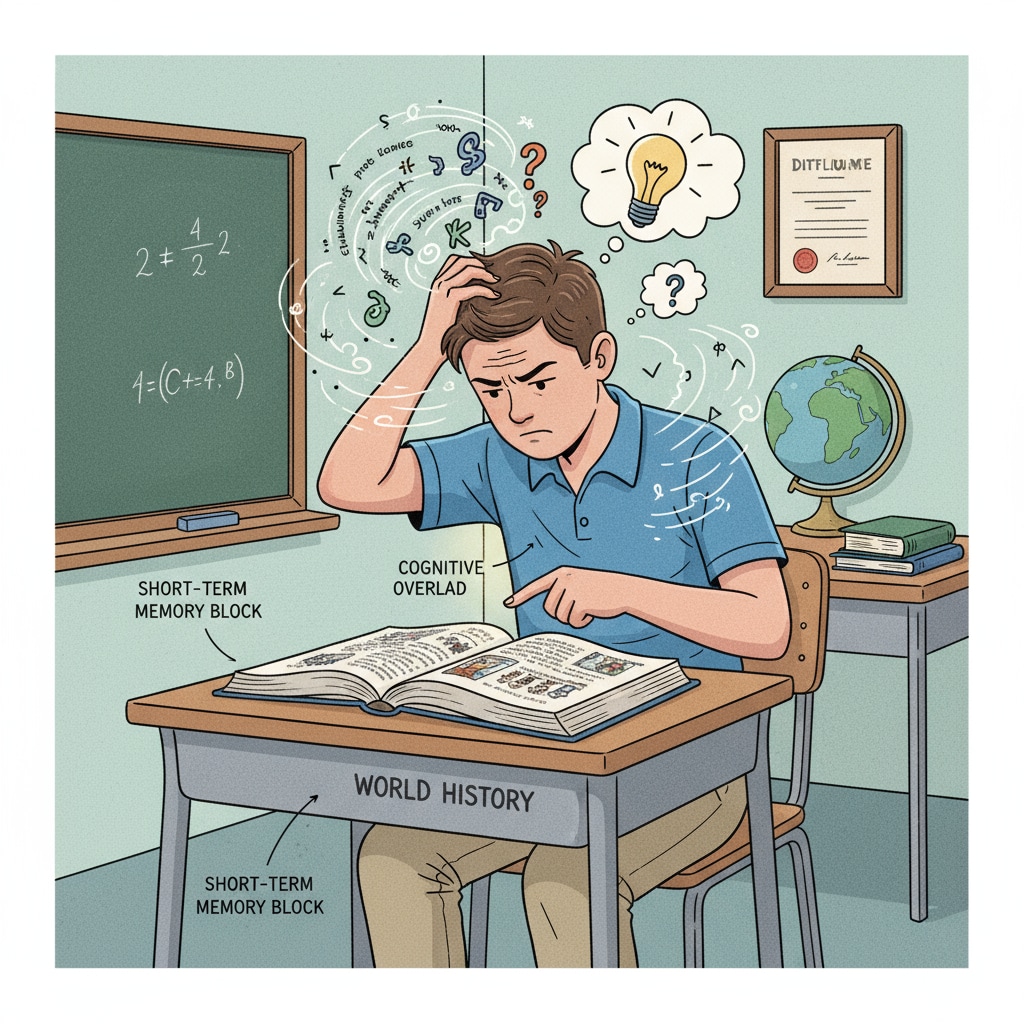In the realm of education system, teaching methods, and teacher influence, the current K12 landscape is at a crossroads. The traditional educational approach, while having its merits, has shown significant limitations that are hampering students’ growth. Mechanized teaching methods are like a dampening force on students’ natural curiosity and creative spark.

The Straitjacket of Traditional Teaching Methods
Traditional teaching often follows a rote memorization model. Students are expected to absorb information passively, much like sponges. This approach, as described on Wikipedia’s page on Traditional Education, fails to engage students on a deeper level. For example, in a history class, instead of encouraging students to analyze historical events and form their own opinions, they are made to memorize dates and facts. As a result, students may forget what they’ve learned soon after the exam, and their critical thinking skills remain underdeveloped.

The Pivotal Role of Teachers
Teachers are the linchpins in the education system. Their influence extends far beyond the transmission of knowledge. A great teacher, as emphasized on Britannica’s page on the Teacher Profession, can inspire, guide, and transform students. They have the power to turn a mundane lesson into an exciting exploration. For instance, a science teacher can use real-life examples and hands-on experiments to make complex scientific concepts accessible and interesting. This not only helps students understand the subject better but also kindles their curiosity to learn more.
To truly fulfill their role, teachers need to break free from the shackles of traditional teaching. They should adopt innovative teaching methods that encourage active participation. Group discussions, project-based learning, and inquiry-based teaching are some approaches that can make learning more engaging. By doing so, teachers can create an environment where students feel empowered to ask questions, explore ideas, and develop their unique perspectives.
Readability guidance: As we’ve seen, traditional teaching methods have their drawbacks, while teachers hold the key to a more dynamic and effective education. By recognizing the importance of their role and embracing change, teachers can reshape K12 education and unlock students’ full potential.


